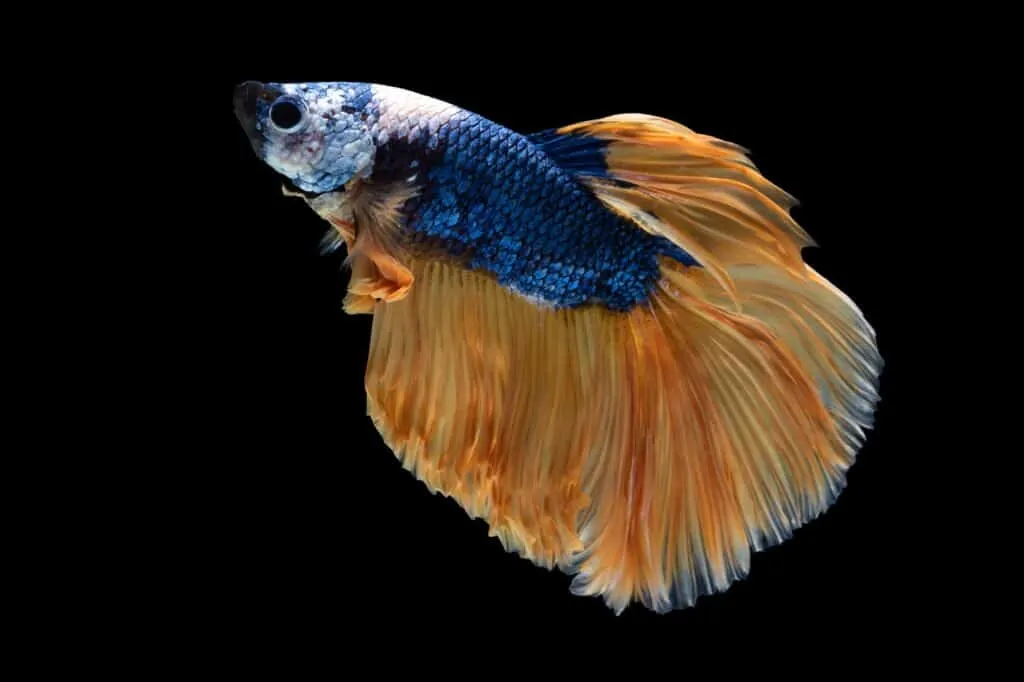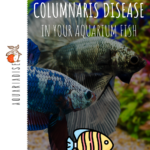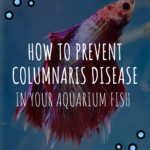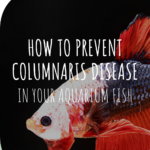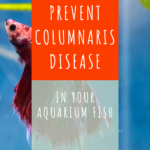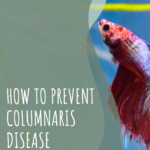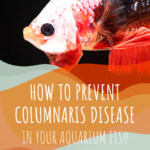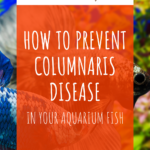If you notice fluffy, white patches appearing on one or more of your fish, you might at first assume that some kind of fungus causes the problem. However, that’s not necessarily the case. Your fish could be suffering from a condition called Columnaris.
So, what is Columnaris? What causes the disease, and will your fish die?
In this guide, we tell you everything you need to know about Columnaris, including how to identify, treat, and prevent the disease.
What is Columnaris?
Many fish owners mistake Columnaris for a fungal disease thanks to the mold-like lesions that the condition causes. However, Columnaris is a common bacterial infection that may manifest itself externally or internally, and the disease may be acute or chronic in nature.
The bacteria, Flavobacterium columnare, cause the condition. The bacteria are column-like in shape, and it’s that feature that gives the condition its common name. You may also see the disease referred to as Cotton Wool disease, Guppy disease, Saddleback disease, or Cotton Mouth disease.
Columnaris can affect all freshwater fish species, although catfish and livebearers seem to be particularly susceptible. Although the condition does look somewhat alarming, generally, the disease can be treated successfully with antibiotics provided that it is caught early, and the underlying causes are addressed.
What are the symptoms of Columnaris in aquarium fish?
Columnaris can present externally or internally.
External Columnaris symptoms
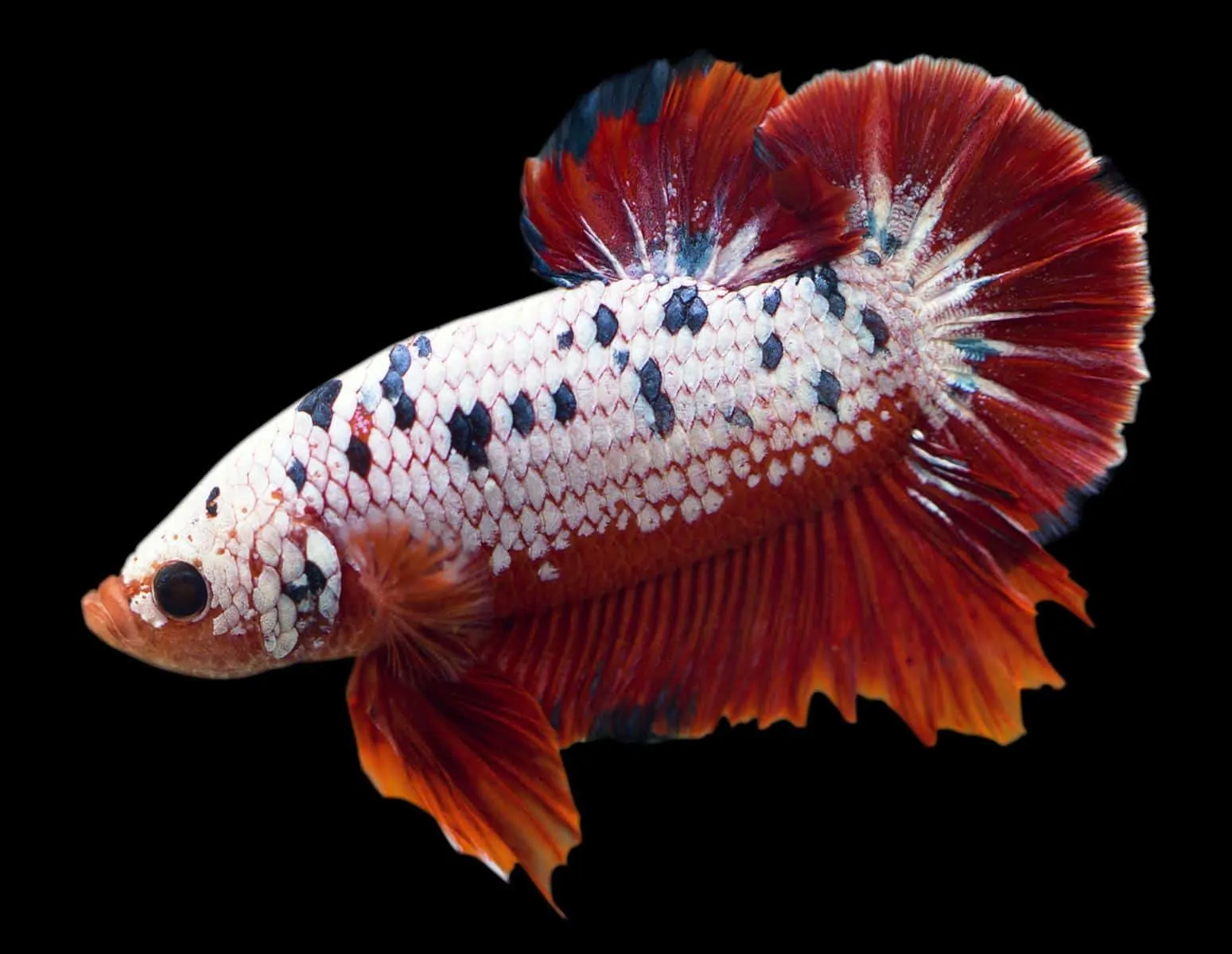
Columnaris infections generally present externally as grayish or white patches or spots on the fish’s head and around the gills or fins. At first, the lesions look like a pale patch that lacks the shiny, bright color of the fish’s body’s remainder.
As the lesion develops, the area around it may become reddened, and the lesion itself may turn brown or yellow in color. The lesions on the fish’s back often spread down the creature’s sides, making it appear that the fish is wearing a saddle.
Hence the disease is often called Saddle Back disease. Lesions around the fish’s mouth may look like mold or cotton, and the animal’s whole mouth may eventually be eaten away completely.
As the infection progresses, the fins begin to erode and become ragged in appearance. The fish’s gills may also be affected. As the bacteria enter the gills, the filaments fall apart, causing the fish to respire rapidly as it struggles to absorb oxygen.
Internal lesions
Sometimes, the Columnaris infection affects the fish internally, and there are no external symptoms, making diagnosis extremely challenging. In these cases, the fish usually dies before an effective course of treatment can be undertaken.
In chronic disease cases, the lesions spread and develop very slowly, often taking many days to kill the fish. When the disease is more acute, the lesions spread rapidly, sometimes resulting in a mass fish kill in a matter of just hours.
If the water temperature becomes elevated, the spread and progression of the Columnaris infection are accelerated. Unfortunately, lowering the water temperature won’t help halt the disease’s progression or affect the eventual outcome.
Sick fish generally isolate themselves from their tankmates and stop eating.
What causes Columnaris in fish?
There isn’t one cause of Columnaris disease in fish. The condition is usually caused by a number of factors, many of which are easily preventable through correct aquarium management and husbandry. Here are the most common causes of Columnaris in aquarium fish.
Aquarium environment
The primary cause of outbreaks of Columnaris infection is poor water conditions. Fish kept in unsanitary water that has high levels of ammonia, nitrites, and nitrates can become stressed, compromising the animals’ immune system and leaving them vulnerable to attack by bacteria and parasites.
Although many potentially harmful bacteria are present in nature in ponds, rivers, and other water bodies, their concentrations are low, and the water quality is generally kept balanced and clean through rainfall and natural currents.
However, in an aquarium, the environment is enclosed. So, if you don’t clean and maintain the tank and filter systems properly, the levels of harmful substances and waste in the water quickly increase to dangerous levels.
Overstocking makes conditions even worse, as does overfeeding. Both these scenarios, combined with infrequent partial water changes and lack of filter media maintenance, can provide the perfect environment for bacteria, such as Columnaris, to proliferate.
Poor nutrition and incorrect diet
Feeding your fish correctly and offering them an appropriate diet for the species is critical in keeping your livestock healthy. If the fish don’t receive a high-quality diet that’s adequate for their needs, they will quickly become stressed and susceptible to attack by the Columnaris bacteria.
Incorrect water parameters
Keeping fish in water that’s too warm, too cool, too hard or soft, too alkaline or too acidic can weaken them, leaving the creatures open to attack by bacteria.
So, invest in a reliable aquarium thermometer and remember to use an aquarium test kit to monitor the pH and levels of nitrogen compounds present in the water every week.
Cross-contamination
Columnaris is highly contagious and can be spread between tanks through contaminated containers, nets, and even food.
For that reason, be very careful to keep equipment clean, and ideally, use separate kit for each of your tanks to avoid cross-contamination.
How to treat Columnaris
The good news is that Columnaris is treatable, provided that you catch it early enough.
External Columnaris infections can be treated with antibiotics, certain chemicals, or both. You can use Acriflavine, copper sulfate, Terramycin, and Furan, all of which are effective in the treatment of the bacteria.
Terramycin is extremely effective when used as a bath to treat external infections. You can also lace food with the drug to treat internal cases of the disease.
You can reduce osmotic stress on your fish that’s caused by the damage that the lesions cause to the fish’s skin by treating the water with aquarium salt. Use one to three teaspoons of aquarium salt per gallon of water for the best effect.
Salt is especially effective when treating livebearers, but do be careful if you decide to use salt in a tank that contains catfish, as they can be extremely sensitive to it.
How to Prevent Columnaris
Columnaris is easily preventable.
The bacteria thrive on organic waste. So, by keeping the aquarium clean, carrying out weekly partial water changes, and vacuuming the substrate thoroughly to remove fish waste and uneaten food, you can prevent an outbreak.
As mentioned earlier, your fish should be fed a suitable diet for the species to keep them healthy and prevent stress.
Any new fish should be placed into a quarantine tank for a couple of weeks before adding them to your main display setup. We advise that you transfer your fish into your display tank with a net rather than dumping potentially contaminated water into the clean aquarium.
If you spot a fish in your main tank that appears sickly, remove it immediately and place it in quarantine to prevent disease spread to other fish in the tank.
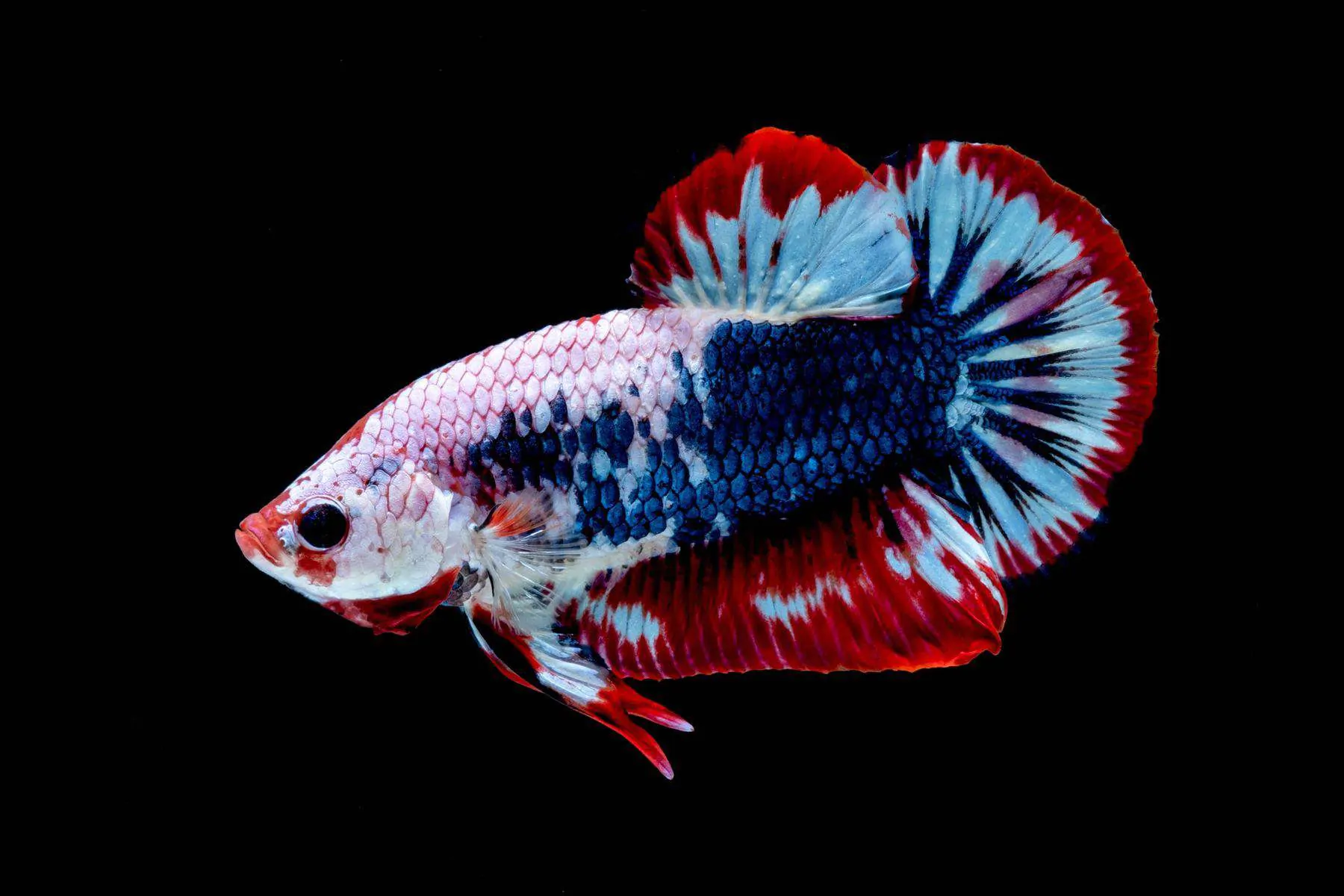
When treating an outbreak of any kind of disease in your tank, always disinfect all your aquarium equipment after each use. Commercial treatment of Benzalkonium Chloride solution (Net Soak or Net Dip) should be used, or you can soak items in a 3% hydrogen peroxide solution if you prefer.
Final thoughts
Columnaris is a bacterial infection that can affect all species of aquarium fish, especially livebearers and catfish.
The disease is often mistaken for fungus because of the cottony patches that appear across the fish’s body and head. However, the condition is caused by a bacterium.
Although the condition is treatable if caught early, you can easily prevent outbreaks of Columnaris by keeping your aquarium clean, maintaining your filtration systems, feeding your fish correctly, and monitoring the water parameters to make sure that they are suitable for the fish species that you have in your collection.

